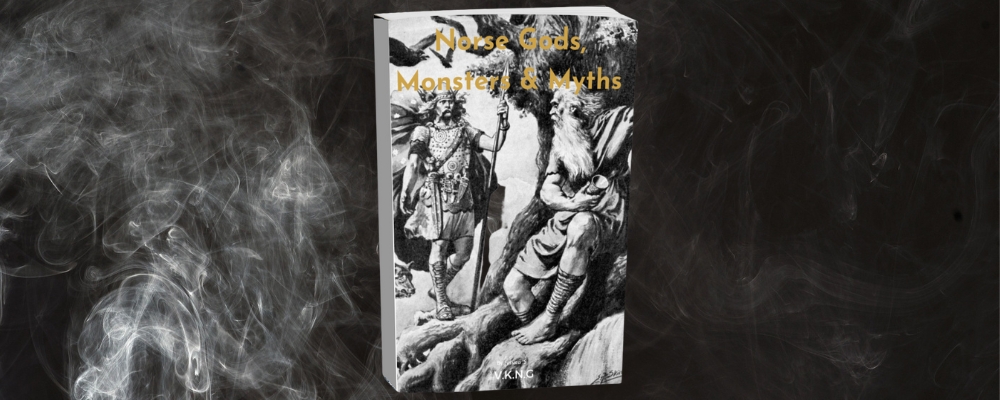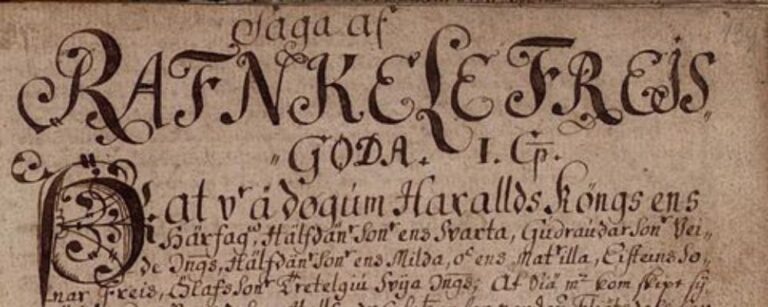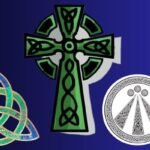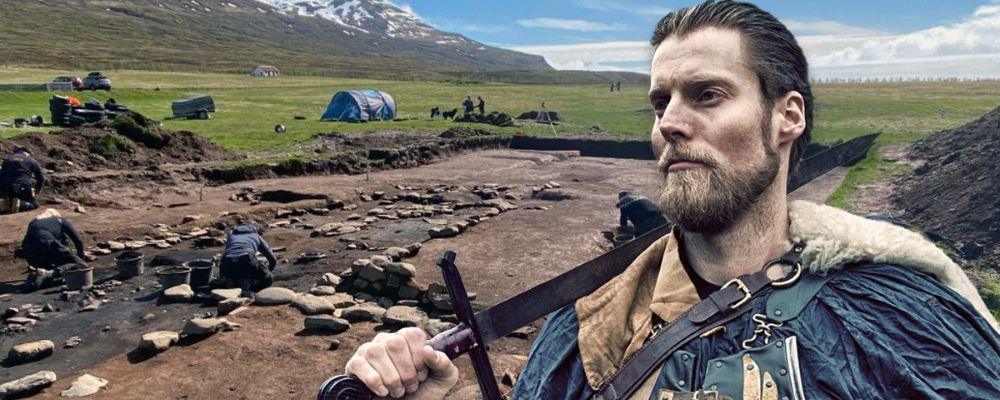
The Hrafnkels saga, one of the lesser-known sagas of Icelanders, is an extraordinary narrative that unveils the intricacies of justice and morality in Viking law. The story asks whether terrible acts can be justified by religious devotion, the worthiness of revenge, and what it takes to gain respect in Viking society.
Read on for a full summary of the story and insights into some of the major themes revealed by the narrative.
Historical Context
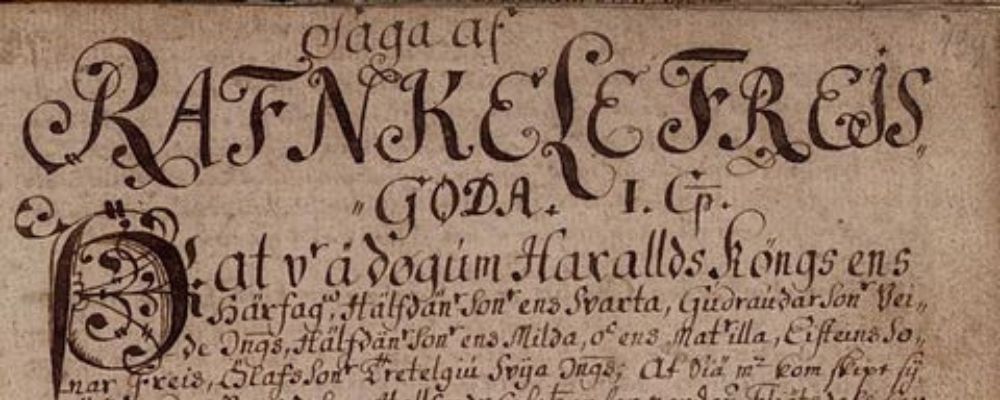
The sagas, a unique literary genre born in medieval Iceland, are both fictional and historical narratives. They reflect the tales of the Viking ancestors, their exploits, rivalries, and intricate social realities.
The Hrafnkels saga is set in the 10th century and revolves around the life of Hrafnkell, a powerful chieftain, and his encounters with the structures of justice.
The saga, also known as Hrafnkels saga Freysgoða, is one of the Icelanders’ sagas. It is believed to have been written in the 13th century, but like many of the sagas, its precise date of composition is not definitively known. The identity of the writer also remains anonymous, which is common for most of the Icelandic sagas.
Before they were ever written down, the sagas evolved as part of an oral tradition. Skalds, or poets, were integral to Norse society, recounting tales of heroes, gods, and ancestors. These narratives, combined with real events and family histories, laid the foundation for the sagas.
Read about the settlement of Iceland and other North Atlantic islands here.
The Hrafnkels saga Narrative
Who is Hrafnkell?
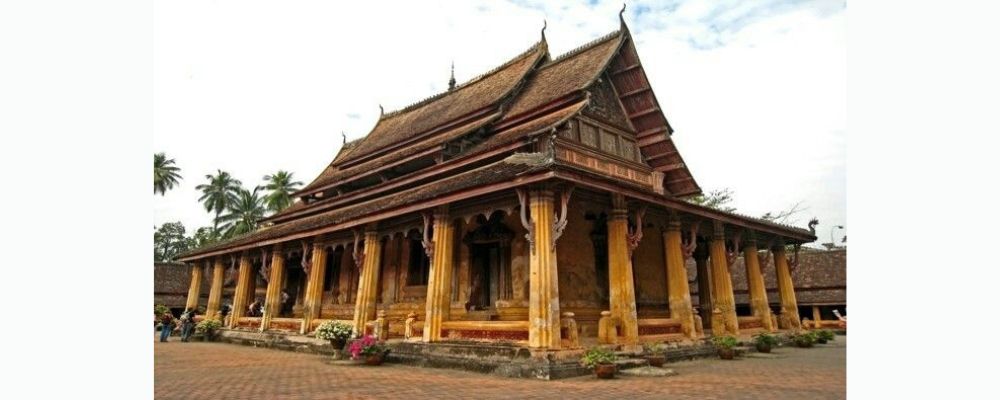
The story begins with a Norwegian man named Hallfredus who joins the Icelandic settlement in around 900 with his 15-year-old son Hrafnkell. Empowered by his father’s status as one of the original settlers and driven by his own ambition, Hrafnkell soon establishes his own settlement called Adalbol, which means “noble home”.
A devoted follower of the old gods in the years prior to Iceland’s conversion to Christianity, Hrafnkell built a large temple to Freyr as part of his new settlement. The temple was dedicated to a number of the old gods, but Freyr was given the highest seat. He became known as Freysgodi as a reflection of his devotion.
Hrafnkell possessed a prized horse named Freyfaxi, which he also dedicated to the deity. Hrafnkell swears an oath that he would kill anyone who rides Freyfaxi without his permission.
He goes on to establish himself as a great chieftain by bullying his neighbors. He also has a penchant for starting duels, and then never paying the weregild for the people he killed. This was the accepted monetary fine that a man had to pay to the family of a person he killed in a duel.
He considered himself a very pious man and often justified his acts through his piety.
Oath Breaking
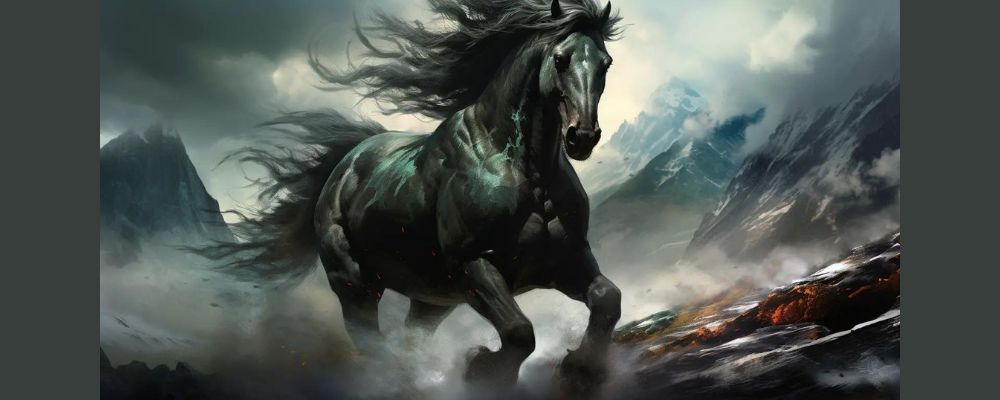
Oaths were considered both important and powerful in the Viking age, as indicated by the fact that even Hrafnkell’s personal oath demanded an animal sacrifice. His temple may have held an oath ring linked to the promise, as described in other sources. They were usually passed through the blood of the sacrificial victim and then placed in the temple.
This meant that Hrafnkell may have thought he had no choice but to uphold his oath to Freyr when his shepherd, Einar, decided to ride the horse. According to the story, he approached all the horses looking for one to complete his work, and Freyfaxi was the only one that did not run away.
After his day with Einar, the horse returns home and starts neighing to get Hrafnkell’s attention. When he sees the horse dirty and sweaty, he knows that it has been ridden. When he discovers that it was Einar, he kills him.
Seeking Justice
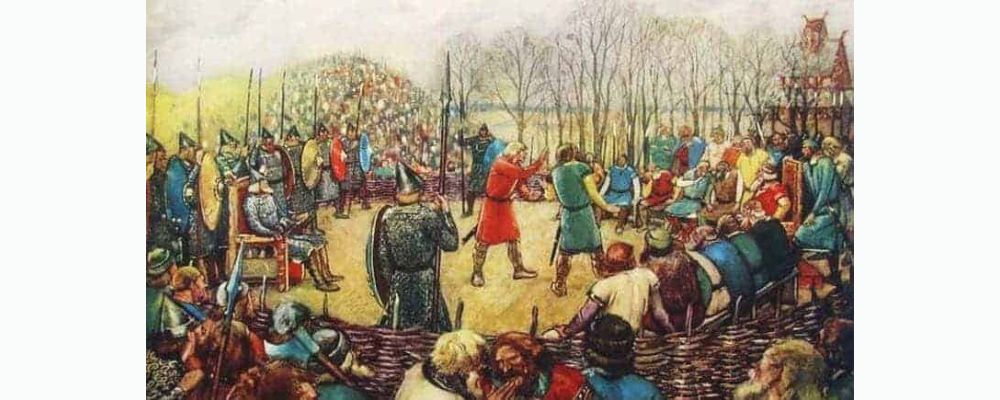
Einar’s father Thorbjorn is upset by the death of his son and asks Hrafnkell to pay the weregild price. He refuses, saying that he pays this for no man. But he agrees that killing Einar was one of the worst things that he has done, so he agrees to look after Einar’s father for the rest of his life. But Thorbjorn rejects the offer and decides to pursue a legal system.
Thorbjorn faced an uphill battle since as a chieftain Hrafnkell was extremely powerful and could expect the support of his fellow chiefs to avoid justice. Due to this, even Thorbjorn’s own brother Bjarni does not want to help him, but Bjarni’s son Sámr does agree to help.
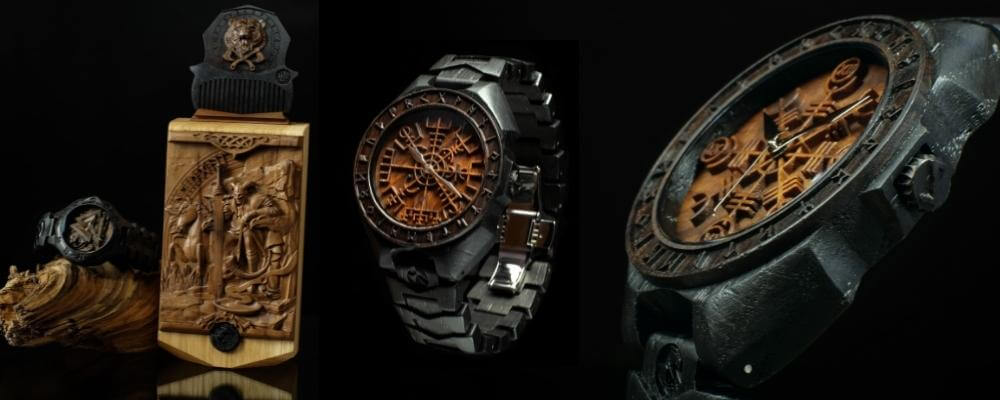
Sámr seeks justice for Einar’s death by calling Hrafnkell to the Thing. The first time Sámr tries, none of the other chieftains are willing to support him and Hrafnkell evades justice. Sámr returns to make his case the following year, and unexpectedly, Sámr finds an ally in the Thing and Hrafnkell is found guilty. This means that Sámr now has the right to challenge Hrafnkell to a duel and confiscate his property if he wins.
Sámr surprises Hrafnkell early one morning with significant support, and wins the duel. This leaves Hrafnkell with two choices: accept execution on the spot or live as Sámr’s subordinate stripped of his honor and wealth. Unexpectedly, Hrafnkell chooses the latter and Sámr accepts, despite others telling him that he will regret not killing Hrafnkell.
Rebuilding Reputation

Sámr takes up residence in Hrafnkell’s old home and builds bridges with the neighbors that Frafnkell had bullied by inviting them over for feasts. He soon becomes a powerful chieftain.
Meanwhile, Hrafnkell builds a new home for himself in another valley and starts to rebuild his wealth and respect gradually. This annoys Sámr, who decides to return Freyfaxi to its owner and use this as a ruse to push them both off a cliff. They also set fire to his temple.
Hrafnkell manages to evade death and also accepts the destruction of his temple, suggesting that he learned that ostentatious shows of religious zealotism are not the same as true faith. His neighbors see the change in him, and over the course of six years, he re-establishes himself as a powerful chieftain.
Revenge
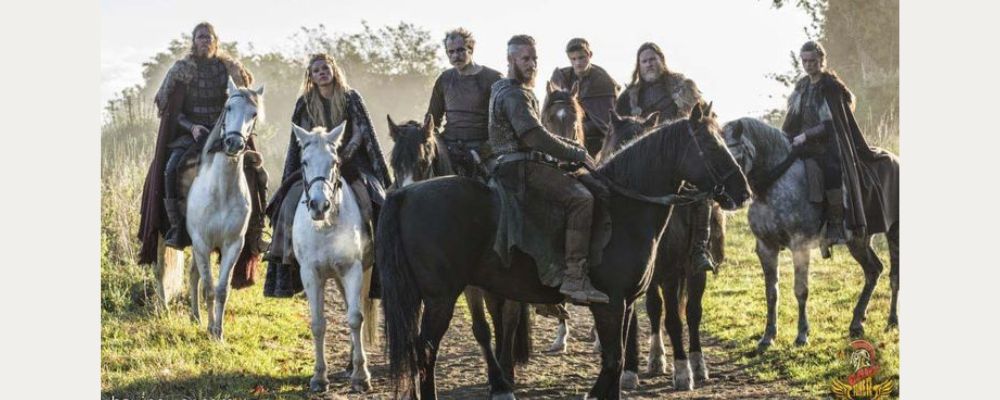
When Hrafnkell learns that Sámr’s brother is traveling in the area with only a few companions, he sees an opportunity for revenge. He gathers a small force and attacks Samr’s brother. While Samr himself hears of the plot and rides out to support his brother, he arrives too late.
The next morning, Hrafnkell surprises Sámr in the same way that he was surprised many years earlier and gives him the same choice. He chooses to live but must leave his home, which is reclaimed by Hrafnkell.
Sámr seeks support to turn the tables on Hrafnkell again, but no one will help him saying that his current position is his own fault for letting Hrafnkell live in the first place.
Hrafnkell goes on to have many sons and lives happily ever after.
Read about Gunnar Hamundarson, another hero from the Icelandic sagas, here.
Themes of the Narrative

Many important themes emerge in the narrative. It is important to remember that these are observations by 13th-century Christians about their pagan Viking ancestors more than 200 years earlier. This greatly influences the lens through which actions are interpreted and presented.
The Morality of Oaths
Central to the Hrafnkels saga is the concept of oaths. Oaths, in Viking society, were sacrosanct. They were not mere words, but solemn promises made in the presence of gods. Hrafnkell’s slaying of Einar, though morally questionable, was a fulfillment of an oath.
This brings forth the intricate balance between law and morality. While Hrafnkell was legally right in upholding his oath, was he morally justified in committing a murder? The saga leaves this question open-ended, allowing readers to grapple with the complexities of justice versus morality.
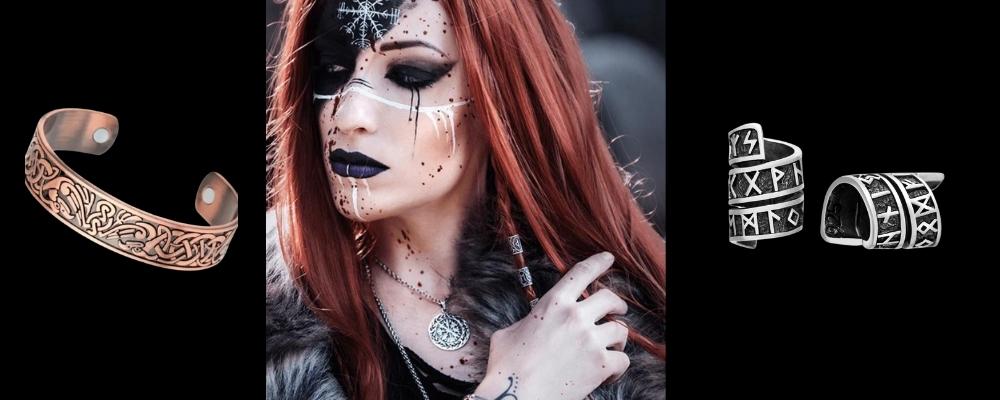
The Dynamics of Power
Another salient theme in the saga is the role of power in determining justice. Hrafnkell, being a powerful chieftain, manages to evade justice at the Thing. This portrays a society where justice is not absolute but is intertwined with one’s social standing.
However, the saga doesn’t stop at highlighting this flaw. As the story progresses, Hrafnkell loses his power and status. Sámr, leveraging this changed power dynamic, seeks retribution. The tale subtly comments on the transient nature of power and its implications on justice.
Legal Duel: The Holmgang
The Hrafnkels saga also introduces readers to the holmgang, a legal duel used to settle disputes. This duel wasn’t just a test of physical prowess but also an embodiment of one’s honor and righteousness. The duel between Hrafnkell and Sámr’s supporters showcases the importance of personal honor in Viking justice.
Morality vs Justice

The Hrafnkels saga is a story of revenge and justice, but it is not entirely clear who the hero of the story is meant to be. Hrafnkell seems cruel and callous in his killing of Einar, which he himself recognizes. But he is not the villain, and those hearing the story may have been rooting for him to regain his position.
Sámr might seem like the hero, taking on his uncle’s case, seeking justice. He is also presented as a good chieftain who treats his neighbors well. He is also merciful, allowing Hrafnkell to live. But by the end of the tale, he is presented as the loser in the story who has made his own bed through his previous actions.
What do you think? Who is the hero and who is the villain?
Read more about Snorri Struluson, the most famous Icelandic author, here.
